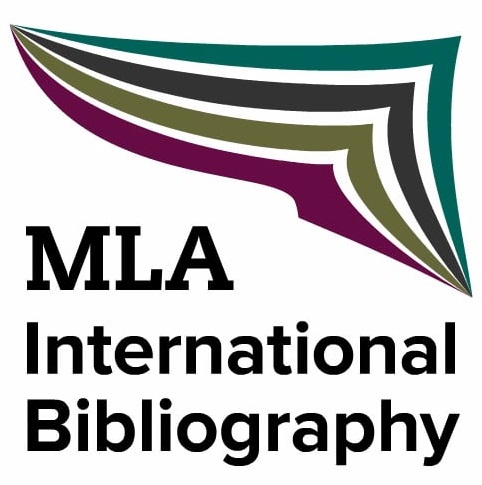“Brief Lives” by Anita Brookner (1990)
DOI:
https://doi.org/10.13135/2281-6658/3444Keywords:
Anita Brookner, Brief Lives, Photography, Trauma, MelancholyAbstract
Drawing from Roland Barthes, Susan Sontag, Jean-Marie Schaeffer, Georges Didi-Huberman, and Julia Kristeva, this essay examines the way in which this novel, through the sudden irruption of the Real of death (in the Lacanian sense)—already contained by nature in the image, but duplicated here in a most theatrical, if not hallucinatory manner—, comes to thwart what is in fact a relatively common photographic apparatus in which the inaugural “memory-photograph” triggers off in the female narrator a hermeneutic quest—as well as its resolution—in an essentialist perspective aiming at presenting the self—that is to say, Julia, the subject matter of the photograph—in its essential truth. Indeed, if the inaugural photograph tells about death in the literal sense in that it comes with Julia’s obituary, it also “signifies” the narrator’s death by becoming, more than a mere starter or shifter for the initial narrative, an invitation—an injunction even—to the final journey. The narrative indeed ends with the prophetic “You might give it a try one of these days”, with which the deceased Julia seems to address the narrator from beyond death. As a result, the increasingly irresistible fascination that Fay seems to feel for this “mirror-photograph” in which she immerses herself to the point of drowning makes it possible to rethink the narrative no longer as an elegiac and truthful reminiscence (the newspaper obituary as the modern-day elegy), or even as an extended funeral oration, but rather as the symptom of a hidden, deep-rooted, and morbid melancholy which, for me, characterizes Anita Brookner’s entire œuvre.Downloads
Downloads
Published
Issue
Section
License
Authors keep the copyrights for their work and give the journal the work’s first publication copyright, which is at the same time licensed under a Creative Commons License – Attribution, which in turn allows other parties to share the work with an acknowledgement of the work's authorship and initial publication in this journal.
Content Licence

You are free to copy, distribute and transmit the work, and to adapt the work. You must attribute the work in the manner specified by the author or licensor (but not in any way that suggests that they endorse you or your use of the work).
Metadata licence

CoSMo published articles metadata are dedicated to the public domain by waiving all publisher's rights to the work worldwide under copyright law, including all related and neighboring rights, to the extent allowed by law.
You can copy, modify, distribute and perform the work, even for commercial purposes, all without asking permission.





